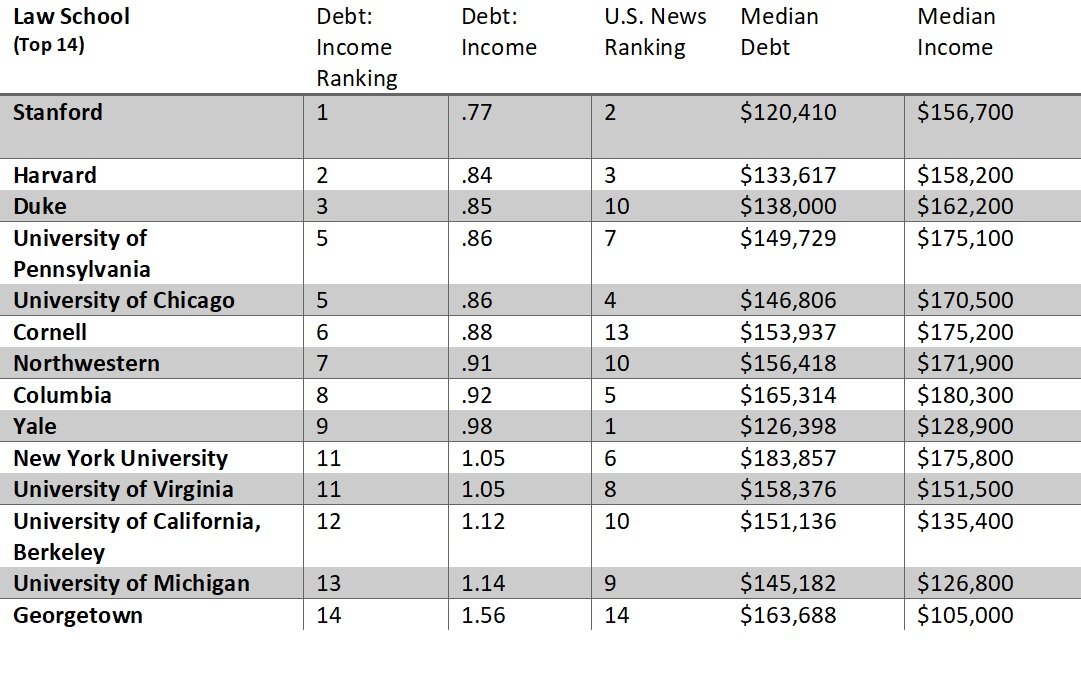Last week the Law School Survey of Student Engagement (LSSSE) put out a longitudinal study examining the law school experience over the last 15 years. Key findings include some areas of significant change, including increases in student diversity, growing student debt, and improvements in student learning outcomes, but also consistency in topics including job expectations and overall satisfaction with legal education. The survey includes responses from over 70,000 students at 248 law schools who participated in LSSSE surveys in 2004, 2009, 2014, and 2019.
Demographics
Between 2004 and 2019 student demographics shifted with proportionately more students of color and fewer White students; the share of White students decreased from 83 percent to 70 percent, while the percentages of Multiracial (+8 percentage points), Black (+2), and Latinx (+3) students increased. The percentage of Asian Americans stayed the same at 6 percent. In 2004, women held a slight majority of the student population at 51 percent, which increased to 56 percent in 2019.
The average age of law students decreased slightly from 29 in 2004 to 27 in 2019. The largest changes were evident in the number of respondents under the age of 23, which made up 1 percent of the population in 2004 and jumped to 9 percent in 2019, as well as in the number of respondents between the ages of 26 to 30, which decreased from 37 percent in 2004 to 28 percent in 2019.
Finally, average LSAT scores and undergraduate GPAs were slightly lower in 2019 compared to 2004. In 2019, fewer students scored above 161 on the LSAT (15 percent in 2019, 21 percent in 2004), slightly fewer scored between 150-160 (51 percent v. 53 percent), and a higher percentage reported scoring below 150 (34 percent v. 26 percent). Similarly, reported undergraduate GPAs were lower amongst the 2019 respondents compared to those in 2004; in 2019, 40 percent reported a 3.50 and above (-2 percentage points from 2004), 38 percent reported a 3.00-3.49 (-4 from 2004), 17 percent reported a 2.50-2.99 (+3), and 5 percent reported a 2.49 or below (+3).
Debt
The population expecting to pay over $100,000 in student debt has risen significantly since 2004, with a spike occurring in 2009. In 2004, 18 percent of students expected to owe more than $100,000 in student debt (5.1 percent for public law schools, 22 percent for private). In 2009 that number more than doubled to 40 percent, and then increased to 43 percent in 2014. In 2019, 39 percent expected to owe more than $100,000 (27 percent in public law schools and 46 percent for private).
While the percentage of students expecting significant debt has increased from 2004 across all races, the number of Black and Latinx facing significant debt has grown more sharply when compared to White or Asian American students over the same time-period. In 2004, 18 percent of White students, 21 percent of Black students, and 22 percent of Latinx students expected to owe over $100,000. In 2019, 35 percent of White students, 56 percent of Black students, and 53 percent of Latinx had the same expectation.
Learning Outcomes
Students in 2019 were more positive about their law school’s contribution to various learning outcomes than in previous years.
45 percent responded that law school contributed to their understanding people of other racial/ethnic backgrounds, compared to 23 percent in 2004
58 percent responded that law school contributed to developing a personal code of values and ethics, compared to 43 percent in 2004
60 percent responded that law school contributed to solving complex real-world problems, compared to 45 percent in 2004
54 percent responded that law school contributed to developing clearer career goals, compared to 37 percent in 2004.
Job Expectations
Respondents in 2004 and 2019 responded very similarly in terms of job expectations with differences of only an occasional percentage point for the various job types: Business and Industry, Government Agency, Public Interest Group, Private Firm, and other. However, a notable difference was apparent within the private firm category. In 2004, 17 percent expected to join a small firm with less than 10 attorneys, 19 percent expected to join a mid-size firm with 10-50 attorneys, and 13 percent expected to join a large firm with more than 50 attorneys. In 2019, just 8 percent expected to join a small firm, 15 percent a mid-size firm, and 22 percent a large firm.
Law School Satisfaction
With slight variations, law school students are generally likely to rate their experience as Excellent or Good; responses ranged from 81 percent positive (2019) to 84 percent positive (2009) over the four survey years. Interestingly, while respondents rated their relationships with faculty members relatively consistently over time (78 percent positive in 2004, 76 percent in 2019), students rated their relationships with other students lower in 2019 (81 percent positive in 2004, 76 percent in 2019).
While Black women were the least likely to rate their law school experience positively in both 2004 and 2019, the percent positive did increase from 70 percent in 2004 to 75 percent in 2019. Asian American Women and Black Men saw the largest increases in positive ratings with 6 percentage point increases from 2004 to 2019 (79 percent and 85 percent in 2019, respectively).
Across sub-categories that measured satisfaction with academic advising, career counseling, personal counseling, and job search help, the numbers in each category increased slightly across the four survey years. In 2019, respondents were most positive on academic advising (71 percent positive) and reported the least satisfaction with job search help (66 percent positive). Additionally, students are more likely to take advantage of these offerings than in previous years; over 90 percent of students reported using academic advising and planning, and career counseling services, 84 percent used job search help, and 62 percent used personal counseling.







